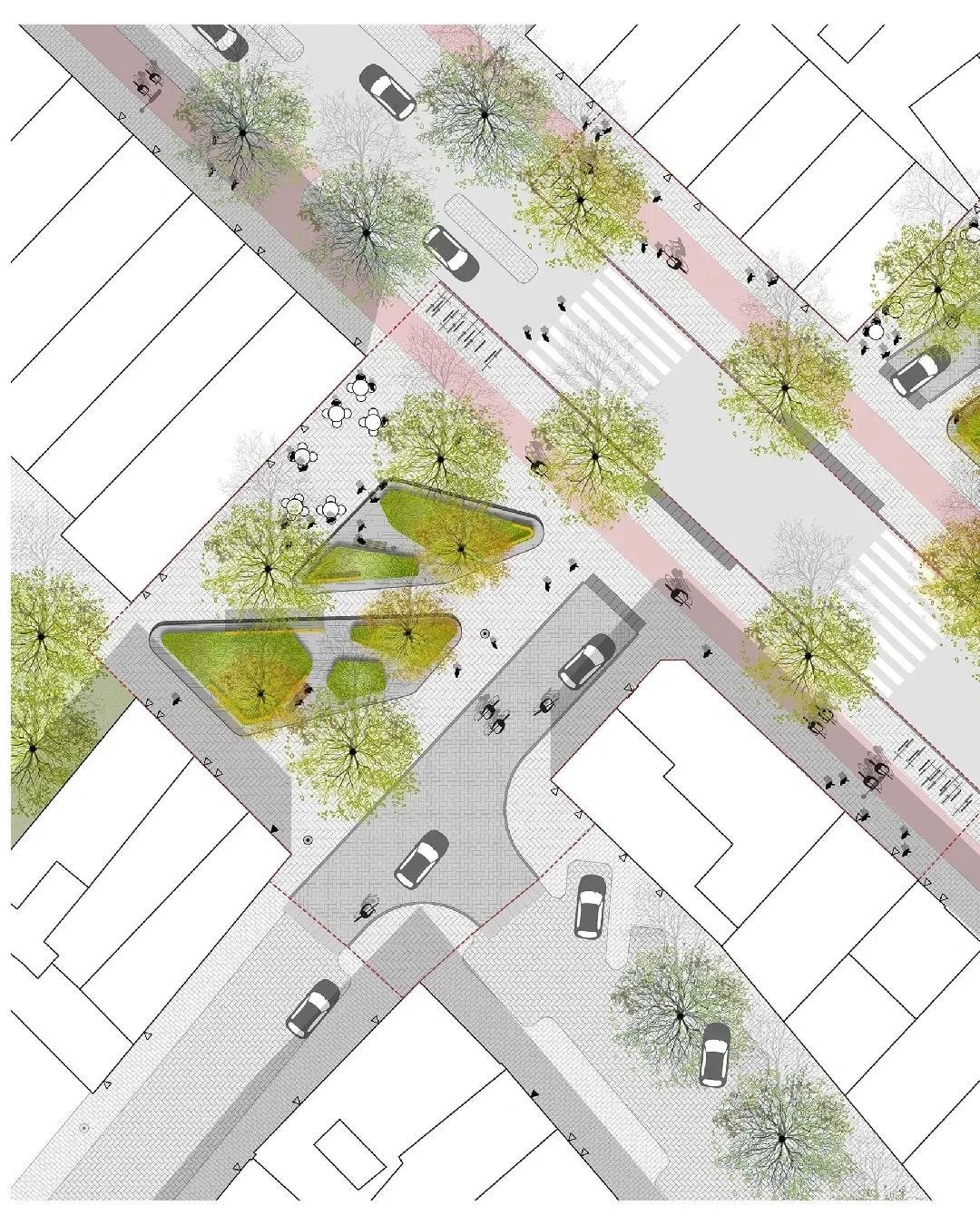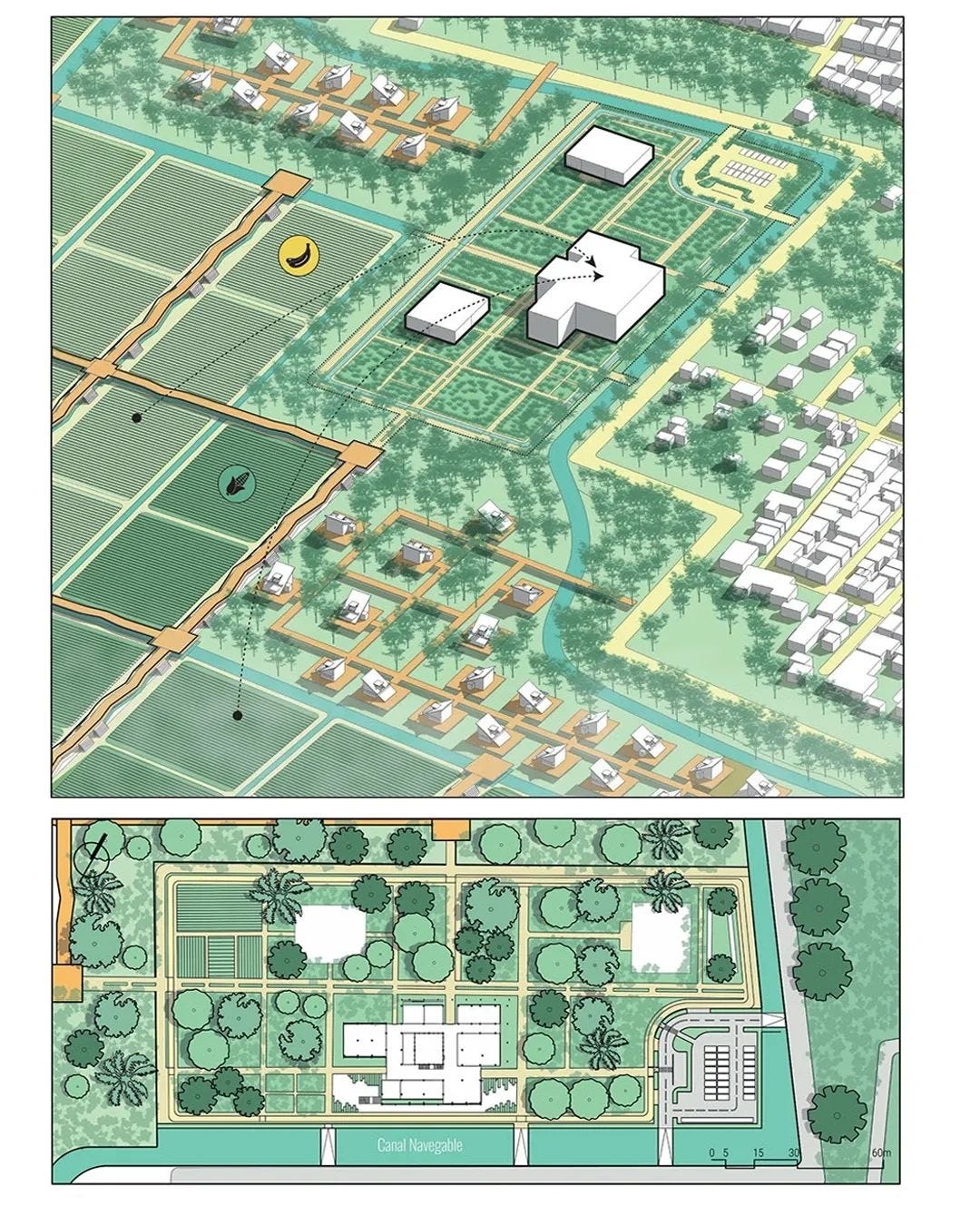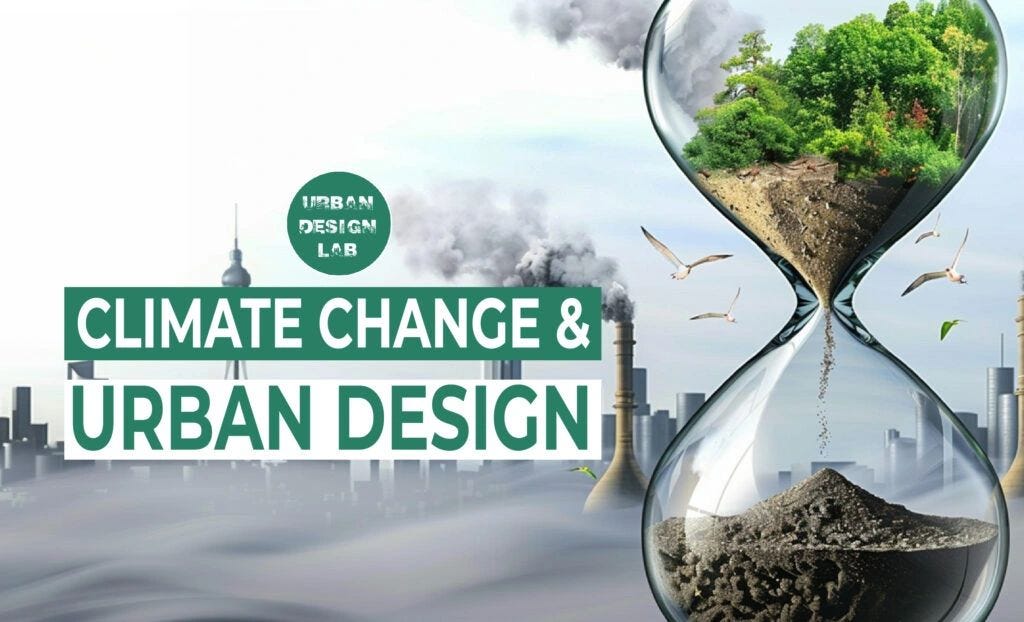Next-Gen Urban Planning: The Smart City Blueprint
How Innovative Solutions Are Shaping Tomorrow’s Cities
As our world urbanizes at an unprecedented rate, nearly 70% of the global population is expected to live in cities by 2050.
This rapid growth presents a challenge: how do we design, build, and manage urban spaces that are both efficient and livable? The increasing demand for smart, sustainable, and budget-friendly urban environments is more pressing than ever. This is where the concept of smart cities comes into hand.
Smart cities offer a solution by leveraging technology and data to transform urban living. These cities aim to enhance quality of life, streamline services, and make efficient use of resources. Here’s how smart cities and cutting-edge innovations are reshaping our urban landscapes:
What Are Smart Cities?
Smart cities integrate technology and data to improve urban services and infrastructure. By using information and communication technologies (ICT) and the Internet of Things (IoT), they optimize resource management, minimize environmental impact, and enhance public services. The result is a more efficient, responsive, and sustainable urban environment.

Key Components of Smart Cities
Smart Infrastructure: Intelligent systems for transportation, energy, water, and waste management form the backbone of smart cities. For instance, smart grids adjust electricity distribution based on real-time demand, reducing waste and lowering costs.
Data-Driven Decision Making: Big data and analytics help city planners make informed decisions. Sensors and connected devices gather data on traffic, air quality, and more, providing insights that improve urban management.
Sustainable Solutions: Smart cities prioritize sustainability with renewable energy, green building practices, and efficient public transport. These measures reduce environmental footprints and create healthier living conditions.
Citizen Engagement: Digital platforms and apps facilitate resident interaction with city services, issue reporting, and feedback. This engagement fosters community and ensures urban planning meets residents' needs.
Innovations Shaping the Future of Urban Planning
Autonomous Transportation: Self-driving vehicles and drones promise to ease traffic congestion, reduce accidents, and improve public transport. Integrating these technologies requires rethinking road designs and traffic management.
Mixed-Use Developments: Combining residential, commercial, and recreational spaces promotes walkability and reduces commuting. This approach creates vibrant, 24/7 communities and optimizes urban space.
Green Urban Spaces: Parks, green roofs, and urban gardens enhance quality of life by mitigating heat islands, improving air quality, and supporting biodiversity.
Resilient Design: With climate change increasing risks, resilient design focuses on buildings and infrastructure that withstand extreme weather, manage floods, and prepare for disasters.
Digital Twins: Virtual models of cities, or digital twins, simulate real-world conditions to test scenarios, predict outcomes, and optimize city functions. This technology allows for proactive urban planning.
Challenges and Considerations
While smart cities offer promising solutions, they come with challenges:
Privacy and Security: Extensive data use raises privacy and cybersecurity concerns. Responsible data management is crucial.
Inclusivity: Smart city initiatives must be accessible to all residents, regardless of their socioeconomic status. Bridging the digital divide is essential.
Governance and Collaboration: Successful smart city projects require effective governance and collaboration between the public and private sectors. Clear policies and partnerships are necessary.
The Road Ahead
The future of urban planning involves creating smart, sustainable, and resilient cities that enhance residents' quality of life. By harnessing technology and data, we can address urbanization challenges and build vibrant, inclusive urban environments. Architects, planners, and citizens all play a role in shaping the cities of tomorrow.
What are your thoughts on the future of urban planning? How do you see smart cities evolving? Share your insights and join the conversation.






How can cities ensure that smart city initiatives remain inclusive and accessible to all residents, especially those from lower socioeconomic backgrounds?